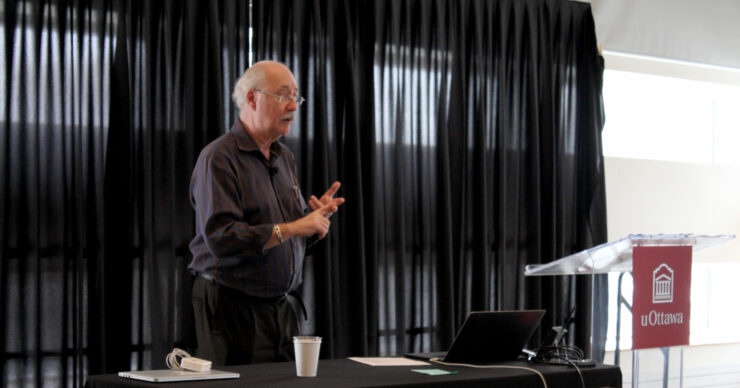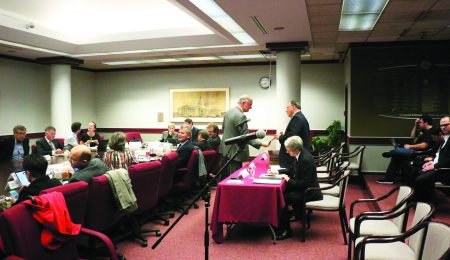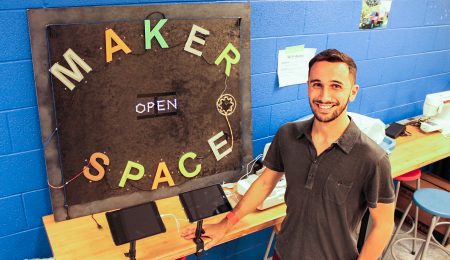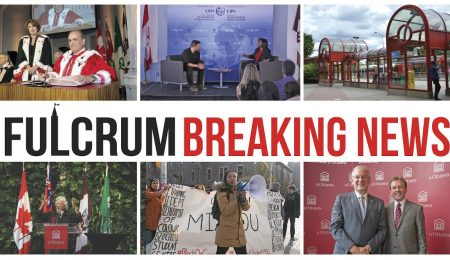Student attendance falls short at strategic planning sessions
On March 14, the university held the final session of its large-scale consultation for the upcoming Imagine 2030 initiative, a strategic planning project that will map out the university’s priorities for the next decade.
The consultation, moderated by David Graham, vice-president academic and provost, saw participants go through several stages of outlining their ideas for the school’s direction in the next 10 years.
While many administrative staff and alumni attended the session, current students were severely under-represented, making up no more than 10 out of nearly 100 attendants. They started the session by identifying lofty goals, and gradually moved to realistic objectives and collaborative discussions.
In previous comments to the Fulcrum, Graham has spoken of the effect that these consultations can have in deciding the University of Ottawa’s future.
“Every big decision we make should be influenced by those choices and priorities that we’ve set out as an institution,” said Graham.
There were recurring themes in the discussion on March 14 that may give a hint as to what direction the Imagine 2030 plan may take: for example, many participants voiced desires to place more emphasis on international education and cross-faculty dialogue.
Many also expressed desires to strengthen the school’s bilingual education.
There was also a strong focus on U of O’s role as Canada’s “national” or “capital” university. To this end, some participants suggested — with varying degrees of seriousness — an absorption of or merger with Carleton University. These notions quickly dissipated during the reality-focused portion of the consultation.
Some running the consultations voiced disappointment in the low student turnout, saying that while they wanted the process to be “learner-driven,” the previous open-invitation events garnered similarly low attendance rates.
One administrator theorized that students may be too busy with midterms, or too preoccupied with continuing turbulence in student government to take much notice of the consultation process.
Graham, however, stressed that the open-consultation events are not the only part of the process, and that the administration has been cultivating feedback from students through the online consultation as well as through specific meet-ups with faculties and other on-campus groups.
“What we’re trying to do is provide as many opportunities for people to get involved, and get engaged, and make their voices heard and trying to provide as much encouragement as we can for people to do that,” Graham said.
The consultation round finishes at the end of March. Once the data from the consultations is processed, a first draft of the final product will be circulated among the community for proofreading in April.
The project aims to produce a document outlining steps for the next 10 years, as well as a more focused “action plan” for the next five. The final version will be finalized and presented to the Board of Governors later in the spring.
Students who wish to submit suggestions through the online consultation may do so here.





